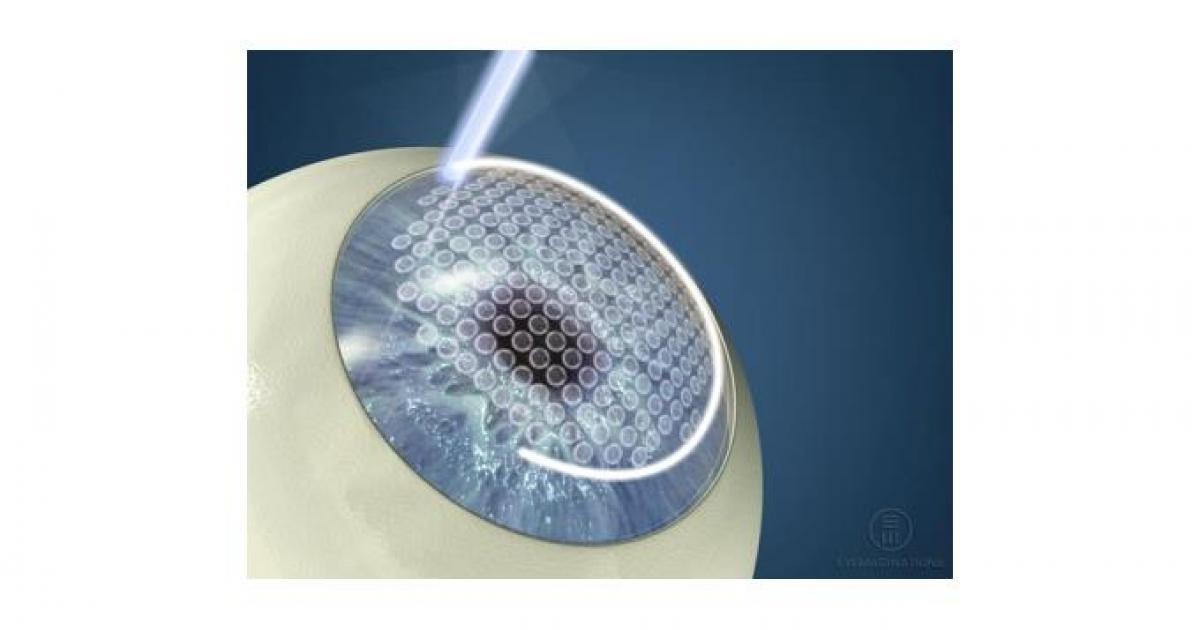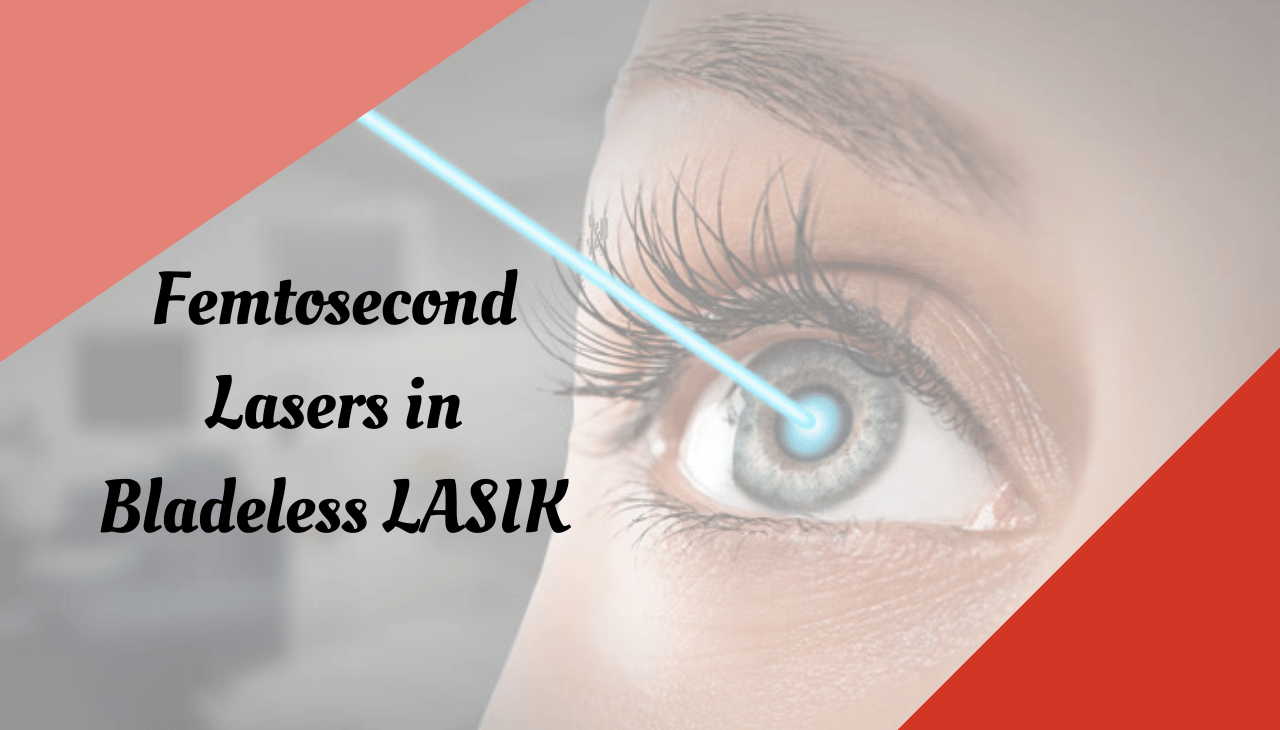Introduction:
In the ever-evolving field of ophthalmology, advancements in technology have paved the way for safer and more precise vision correction procedures. One such groundbreaking innovation is the use of femtosecond lasers in bladeless LASIK. LASIK surgery has significantly transformed the landscape of vision correction, offering patients a life free from glasses or contact lenses. A major advancement in this field is the introduction of femtosecond lasers, which play a crucial role in bladeless LASIK procedures. This blog explores how femtosecond lasers have revolutionized LASIK surgery, enhancing safety, precision, and outcomes for patients. The article will cover the basics of femtosecond lasers, the common concerns, and how this technology improves LASIK treatments.
Femtosecond Lasers in Bladeless LASIK
Traditional LASIK uses a microkeratome, a mechanical device equipped with a blade, to create a corneal flap before reshaping the underlying tissue with an excimer laser. While effective, this method has some risks associated with the use of blades, such as uneven flap creation and a longer recovery period.
Bladeless LASIK, on the other hand, uses a femtosecond laser to create the corneal flap. This innovative approach eliminates the need for a mechanical blade, offering patients a safer and more predictable procedure.
The Power of Femtosecond Lasers:

Femtosecond lasers function at an incredibly fast pulse rate, allowing for extremely precise and controlled tissue removal. In bladeless LASIK, these lasers are used to create a thin corneal flap by separating the tissue at a molecular level. The result is a flap with smoother edges and more consistent thickness, minimizing the risk of complications.
Key Advantages of Femtosecond Lasers in Bladeless LASIK:
- Enhanced Precision
- Customization
- Reduced Risk of Complications
- Faster Recovery
- Greater Predictability
FAQs
- What is Bladeless LASIK?
Bladeless LASIK uses a femtosecond laser to create a precise corneal flap instead of a mechanical blade. - Is Bladeless LASIK safe?
Yes, it is considered safe due to the precision of femtosecond lasers, reducing the risk of complications. - How long does the recovery take?
Most patients recover quickly, with many returning to normal activities within 1-2 days. - Is Bladeless LASIK more expensive than traditional LASIK?
Yes, due to the advanced technology used, but the benefits often outweigh the higher cost. - Can Bladeless LASIK correct astigmatism?
Yes, it can effectively treat astigmatism by creating a customized corneal flap for better vision correction.
Conclusion:
Femtosecond lasers have transformed LASIK surgery by making the procedure safer, more accurate, and less invasive. This advanced technology ensures better visual outcomes, faster recovery, and lower risk of complications. For anyone considering LASIK surgery, consulting an experienced ophthalmologist at Laxmi Eye Hospital can guide you through the best treatment options available. Bladeless LASIK could be the key to achieving clear, sharp vision and a life free from corrective eyewear.




